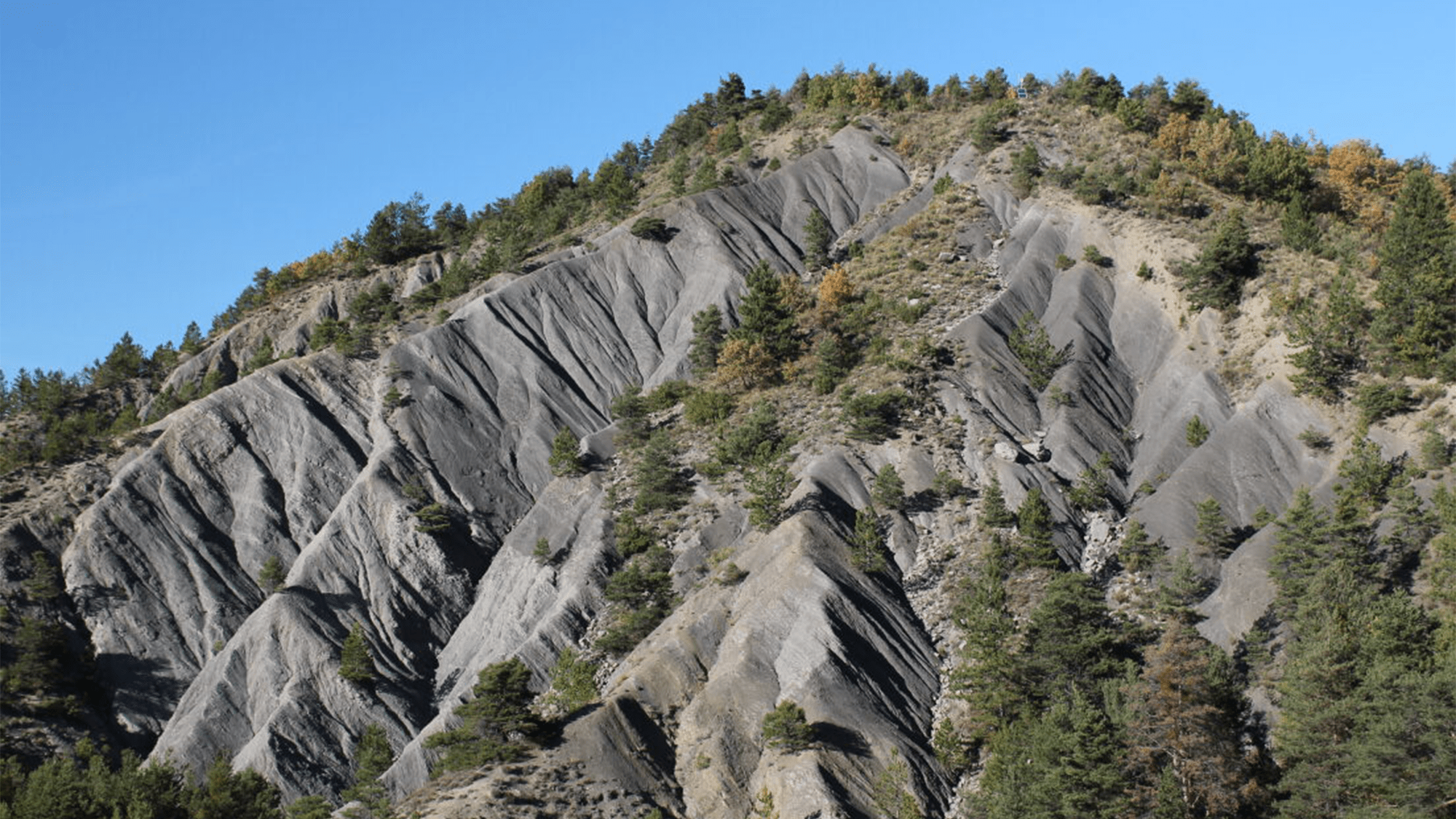

The natural process of rock weathering could be emitting as much carbon dioxide (CO2) into the air as the world’s volcanoes. A study published October 4 in the journal Nature finds that natural weathering can also act as a large source of greenhouse gas emissions. Understanding this natural source of the greenhouse gas could have important implications for modeling climate change scenarios.
[Related: The truth about carbon capture technology.]
The idea of storing excess carbon in rocks to combat climate change is hotly debated. While rocks can act like a carbon sink in some scenarios (and there has been some preliminary success with one Icelandic company sucking carbon dioxide out of the air and storing it in rocks) it is still not a silver bullet to our carbon woes.
The Earth’s stones contain a large amount of carbon from the remains of animals and plants that lived millions of years ago. The geological carbon cycle also helps regulate the planet’s temperature. During chemical weathering–when chemicals in rainwater change the minerals in the rock— the stones can suck up carbon dioxide when certain minerals are attacked by the weak acid found in rainwater. Chemical weathering can help counteract the continuous carbon dioxide released by the world’s volcanoes and is part of the Earth’s natural carbon cycle.
This new study measured an additional natural process of carbon dioxide release from rocks to the atmosphere. The newly analyzed process occurs when rocks that are formed on ancient seafloors are pushed back up to Earth’s surface. This type of event happens when mountains form. The event exposes the organic carbon from the remains of long dead organisms in the rocks to oxygen in the air and water. The carbon can then react with the oxygen and release carbon dioxide. So instead of acting like a carbon sink, weathering rocks could be a source of carbon dioxide.
To study the weathering of organic carbon in rocks, the team used a tracer element called rhenium. Rhenium is released into water when the organic carbon in rocks reacts with oxygen.
The team first figured out how much organic carbon is present in rocks near the surface of water and then worked out where rocks were being exposed most rapidly by erosion.
“The challenge was then how to combine these global maps with the river data, while considering uncertainties. We fed all of our data into a supercomputer at Oxford, simulating the complex interplay of physical, chemical, and hydrological processes,” study co-author and University of Oxford geoscientists Jesse Zondervan said in a statement. “By piecing together this vast planetary jigsaw, we could finally estimate the total carbon dioxide emitted as these rocks weather and exhale their ancient carbon into the air.”
They then compared how much carbon dioxide could be drawn down by natural rock weathering of silicate materials and pinpointed many large areas where weathering was a source of carbon dioxide. These hotspots of carbon dioxide release include mountain rangers with high uplift rates, such as the eastern Himalayas, the Rocky Mountains, and the Andes. The global carbon dioxide release rate from rock organic carbon weathering was found to be 68 megatons of carbon per year, a bit more than the amount of carbon dioxide emitted during heating and cooling buildings in extreme weather in the US in 2022.
[Related: Ancient rocks hold the story of Earth’s first breath of oxygen.]
“This is about 100 times less than present day human CO2 emissions by burning fossil fuels, but it is similar to how much CO2 is released by volcanoes around the world, meaning it is a key player in Earth’s natural carbon cycle,” study co-author and University of Oxford geochemist Robert Hilton said in a statement.
The authors caution that these events could have fluctuated during the planet’s past, possibly during periods of mountain building when the influx of rocks to the surface could have released enough carbon dioxide to influence global climate.
The team is now looking into how this natural release of carbon dioxide could increase over the coming century, as human-caused climate changes and erosion could increase a natural leak of carbon.
“While the carbon dioxide release from rock weathering is small compared to present-day human emissions, the improved understanding of these natural fluxes will help us better predict our carbon budget,” said Zondervan.
